News Beat
News Beat reporting is an idrw.org initiative to let our Readers to report News Based on Actual facts but some how has not been reported in Main Stream Media .
SOURCE: RAUNAK KUNDE / NEWS BEAT / IDRW.ORG

Indian state-owned aerospace and defence enterprise, Hindustan Aeronautics Limited (HAL), is actively engaging with Philippine military and government officials to explore potential export opportunities. This initiative may pave the way for the export of a range of Indian aerospace products, including the Light Combat Aircraft (LCA), Light Combat Helicopter (LCH), and Light Utility Helicopter (LUH) to the Philippines.
The groundwork for this collaboration was laid last year when HAL signed a Memorandum of Understanding (MoU) with the Philippine Aerospace Development Corporation (PADC) in April. This agreement opened the door to potential exports of India’s indigenous aerospace solutions, including the LCA, LCH, Advanced Light Helicopter (ALH), and LUH.
Continue readingSOURCE: RAUNAK KUNDE / NEWS BEAT / IDRW.ORG
FVIX.JPG)
French shipbuilder Naval Group has proposed a significant upgrade for the Indian Navy’s future submarine acquisitions. The company suggests that three of the planned Kalvari-class submarines, which are to be procured by the Indian Navy, should be equipped with advanced Lithium-Ion battery technology. This technology would provide these submarines with enhanced underwater endurance compared to the Lead Acid batteries used in the previous six Scorpene-class submarines manufactured in India by Mazagon Dock Limited (MDL).
The proposal from Naval Group aligns with the Indian Navy’s efforts to modernize its submarine fleet. It involves a shift from traditional Lead Acid batteries to Lithium-Ion battery packs. Additionally, the Indian Navy is collaborating with Indian private-sector battery manufacturers to develop and test Lithium-Ion battery packs that could replace Lead Acid batteries not only in the older Scorpene-class submarines but also in the ageing Kilo-class submarines.
Continue readingSOURCE: RAUNAK KUNDE / NEWS BEAT / IDRW.ORG
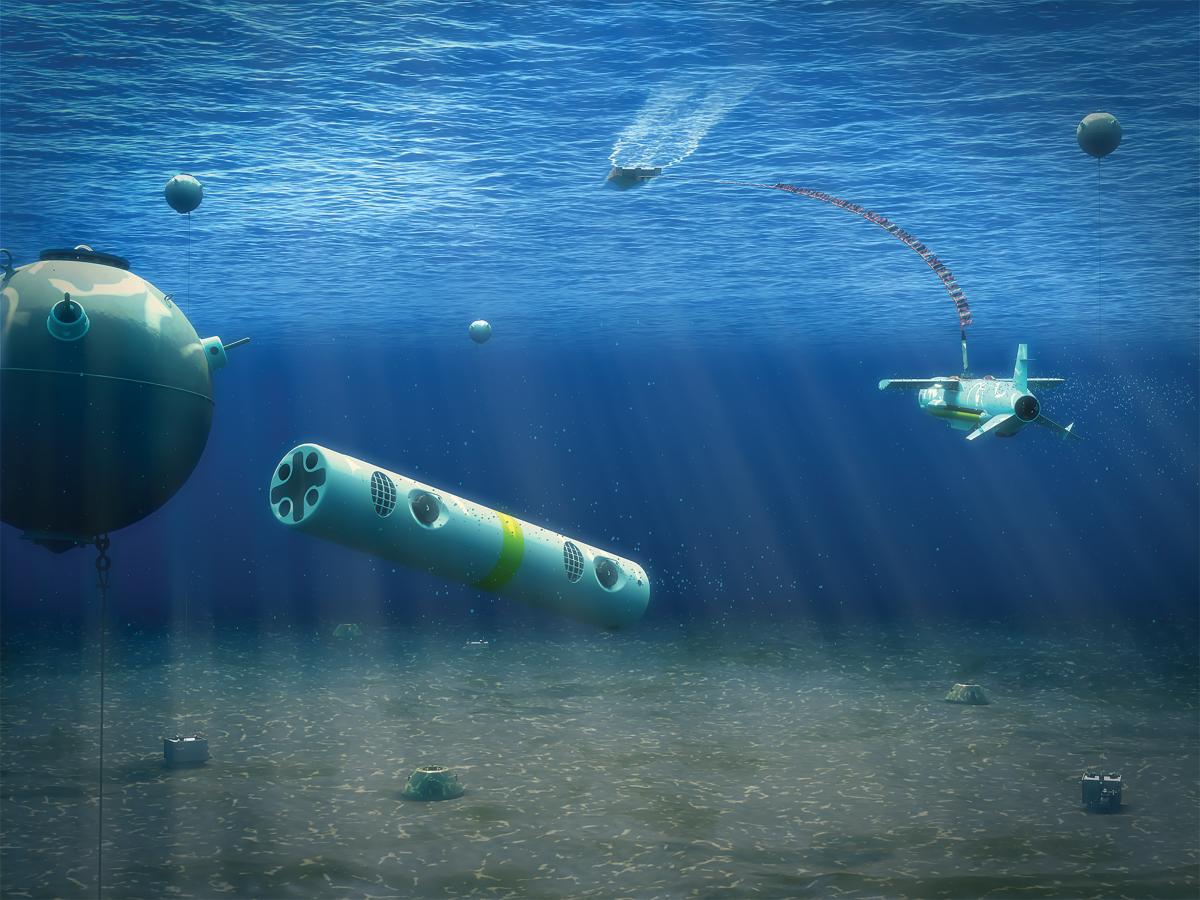
The Indian Navy is taking a significant step towards modernizing its capabilities by issuing a Request for Information (RFI) for the procurement of an Unmanned Mine countermeasures (MCM) Suite. This suite will comprise Autonomous Surface Vessels (ASVs), Heavy Weight Autonomous Underwater Vehicles (AUVs), and Remotely Operated Vehicles (ROVs) designed to be used onboard Indian Naval Mine Counter Measures Vessels (MCMVs).
This procurement is in line with the Buy (Indian-IDDM), Buy(Indian), and Buy & Make (Indian – with buy content 0%) categories as per the Defense Acquisition Procedure of 2020. The primary goal is to establish an integrated system with a wide range of MCM equipment that interfaces through a Command and Control System. The core components of the Unmanned MCM Suite are as follows:
Continue readingSOURCE: RAUNAK KUNDE / NEWS BEAT / IDRW.ORG
In a recent interview with Hindustan Times, HAL’s Chief, CB Ananthakrishnan, said that the 80% Transfer of Technology (ToT) levels for F-414 engines secured by the company surpasses that of the Russian ToT levels secured for the AL-31F engines used in Sukhoi-30MKI fighter jets. The AL-31F engines, vital components of the Sukhoi-30MKI, have a ToT level of around 47%. HAL has indeed made substantial strides by indigenizing 53% of the AL-31FP engine’s components, which are produced in Koraput, Odisha.
As part of this collaboration, the first batch of F-414 engines is expected to be manufactured in India three years after GE and HAL conclude the deal. The agreement encompasses various critical aspects of engine production, including machining and coating for single crystal turbine blades, fabrication of powder metallurgy discs, inertia friction welding for fan and afterburner components, laser drilling technology for combustor, special coatings for corrosion and erosion resistance, machining and coating of ceramic matrix composites for nozzle guide vanes, flaps, and other components, machining of thin-walled titanium casings, and polymer matrix composites for bypass ducts, among others.
Continue readingSOURCE: RAUNAK KUNDE / NEWS BEAT / IDRW.ORG

The Indian Army is poised to reassess the technical requirements for its upcoming Future Ready Combat Vehicle (FRCV) Main Battle Tanks, which are intended to replace the ageing Soviet-Union-supplied T-72 MBTs. This reevaluation is a response to the evolving nature of warfare, particularly in light of the ongoing conflict in Ukraine, which has highlighted new threats to armoured vehicles.
According to sources familiar with the matter, told idrw.org, the FRCV program faces emerging challenges, with major tanks suffering losses due to low-cost loitering ammunition and industrial-grade hexacopters dropping drone bombs on them. These threats have underscored the need for a comprehensive reassessment of the technical specifications for the FRCV to ensure that it can effectively counter these new dangers.
Continue readingSOURCE: RAUNAK KUNDE / NEWS BEAT / IDRW.ORG
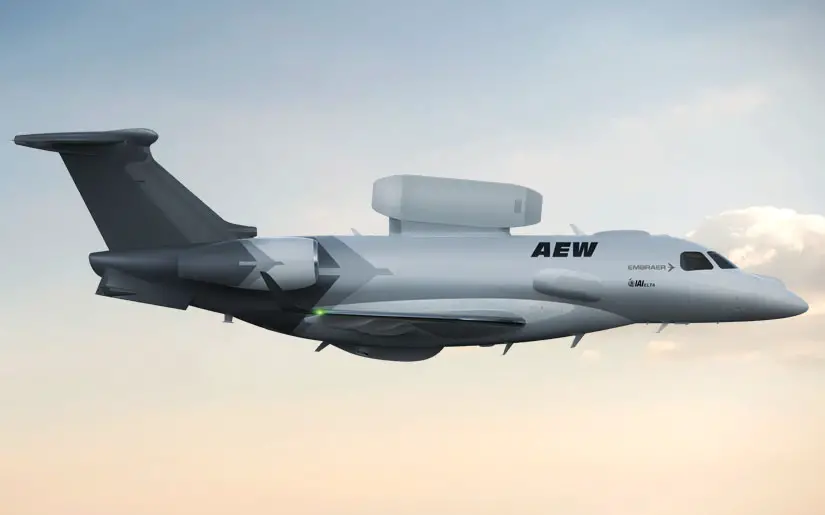
Brazilian aircraft manufacturer Embraer is set to make a significant foray into the Indian aerospace and defence market with its Praetor 600 super mid-size business jets. This move aims not only to promote the Praetor 600 within the country but also to showcase these jets to the Indian Air Force (IAF), which has plans to acquire six more indigenous Netra-Mk1A Airborne Early Warning and Control System (AEW&CS) aircraft.
Six additional Netra-Mk1A AEW&CS, similar to its two predecessors, will be based on the ERJ145 aircraft, which was initially manufactured by Embraer. However, since 2020, this model has been discontinued. To address this, Embraer has put forth an innovative proposal to the IAF. They have offered the Praetor 600 business jet as a platform to mount the Netra-Mk1A AEW&CS sensors.
Continue readingSOURCE: RAUNAK KUNDE / NEWS BEAT / IDRW.ORG
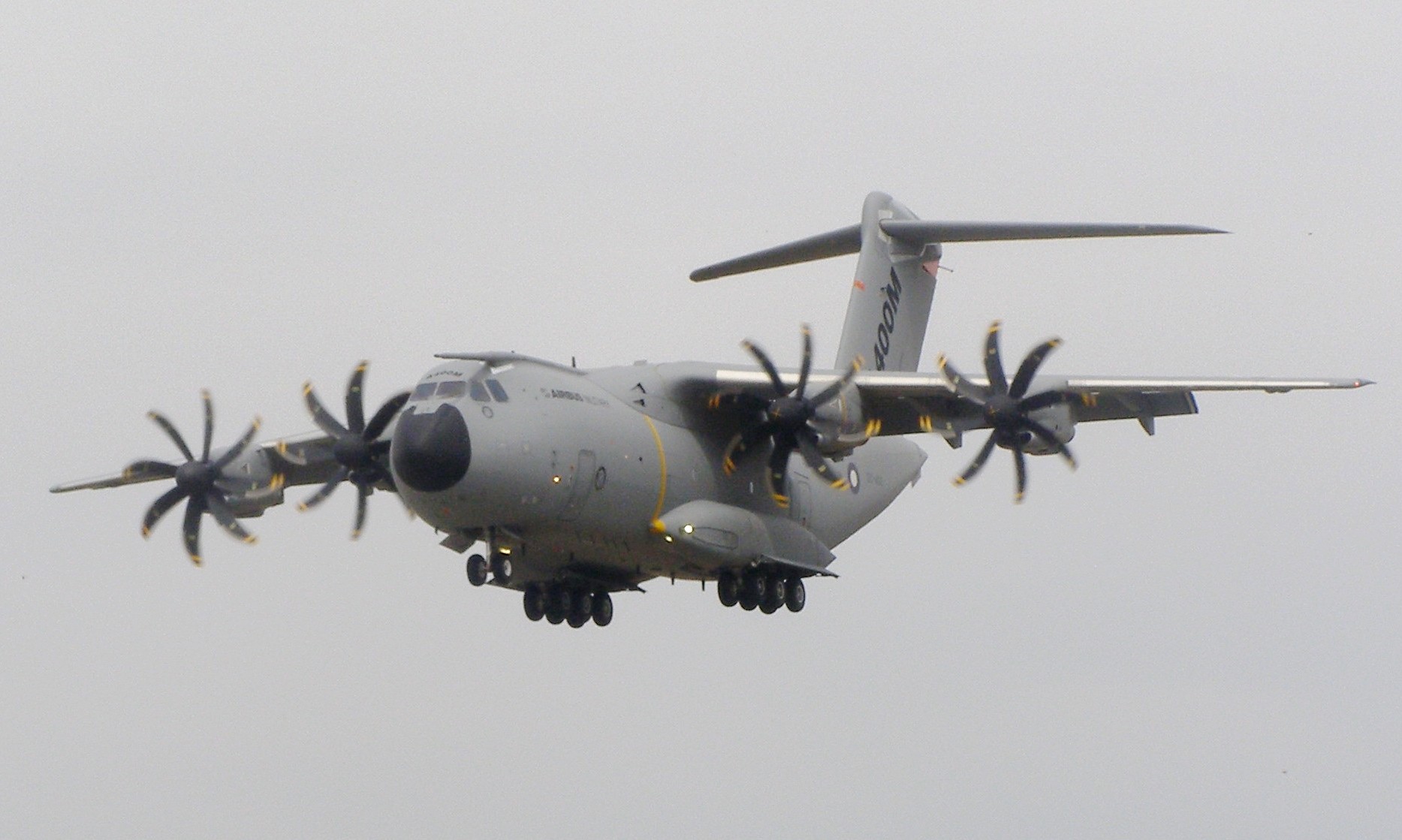
The Indian Air Force (IAF) is in the early stages of procuring 40-80 Medium Transport Aircraft (MTA) and has been discreetly evaluating potential options for nearly six years. Among the contenders for this critical procurement is the Airbus A400M, which has made a significant impression on IAF officials during its unofficial evaluation.
The capabilities and performance of the Airbus A400M have garnered positive reviews, sparking interest from the IAF. This interest in the A400M is not entirely new; Airbus Military began a low-key campaign to showcase the airlifter to the IAF back in 2013. In 2019, reports emerged of a quiet campaign to promote the A400M to the Indian Air Force.
Continue readingSOURCE: RAUNAK KUNDE / NEWS BEAT / IDRW.ORG
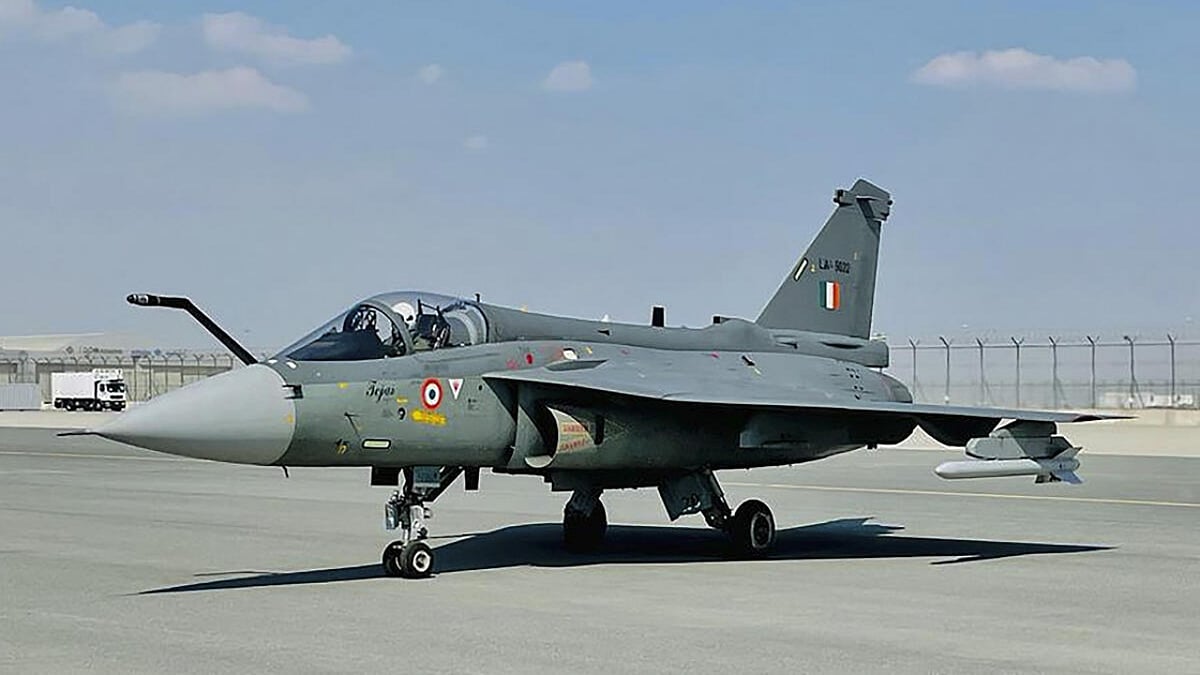
Air Chief Marshal Rakesh Kumar Singh Bhadauria’s recent confirmation that an additional 97 Tejas Mk1A fighter jets won’t undergo major changes compared to the 73 previously ordered is shedding light on the Indian Air Force’s (IAF) continuous pursuit of excellence in its fleet. However, it is crucial to understand that the discussion isn’t over yet.
While it’s true that the core features of the Tejas Mk1A will remain consistent with the initial order, both the IAF and Hindustan Aeronautics Limited (HAL) have initiated a technical round of talks. This dialogue is essential to address the IAF’s specific requirements and to explore the possibility of incorporating upgrades or changes into the aircraft. In the fast-paced world of aviation, where technology is ever-evolving, staying ahead of the curve is imperative.
Continue readingSOURCE: RAUNAK KUNDE / NEWS BEAT / IDRW.ORG
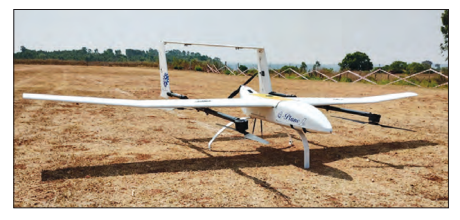
he Council of Scientific and Industrial Research’s National Aerospace Laboratories (CSIR-NAL) has been making significant strides in the development of cutting-edge Unmanned Aerial Vehicles (UAVs). Their latest creation, the QUAD-Plane UAV, represents a remarkable fusion of multi-copter and fixed-wing capabilities, marking a breakthrough in the world of aerial technology.
The development of this innovative UAV is detailed in the ADA annual report, highlighting the key milestones achieved in recent times. Here’s an overview of this remarkable project:
Continue readingSOURCE: RAUNAK KUNDE / NEWS BEAT / IDRW.ORG
Hindustan Aeronautics Limited (HAL) is gearing up for a significant expansion in its Tejas fighter jet production capacity. The company, which currently operates two Light Combat Aircraft (LCA) assembly lines in Bengaluru, has set its sights on activating a third assembly line for Tejas jets at Nashik by the end of 2024. This strategic move is aimed at enhancing the production capacity for Tejas Mark 1A fighter jets and fulfilling the increasing demands of the Indian Air Force (IAF).
HAL opened a third assembly line in Nashik earlier this year to expand the indigenous fighter jet production landscape in the country. The new assembly line is expected to deliver the first three Tejas Mk1A fighter jets by March 2025. With this expansion, HAL is poised to significantly augment its production capacity from the existing 16 aircraft per year to an impressive 24 aircraft per year.
Continue readingSOURCE: RAUNAK KUNDE / NEWS BEAT / IDRW.ORG

In a significant development for India’s defence and aerospace sector, the Aeronautical Development Agency (ADA) and the National Aerospace Laboratories (NAL) have joined forces to characterize high-strength intermediate modulus carbon composites. This collaborative effort marks a crucial step toward advancing indigenous technology and materials for military aviation.
The joint project involved the characterization of high-strength intermediate modulus carbon composites, which have shown immense promise in terms of durability and weight reduction. These advanced composite materials are anticipated to play a pivotal role in the development of India’s medium-weight combat aircraft, particularly in the Tejas MkII Program.
Continue readingSOURCE: RAUNAK KUNDE / NEWS BEAT / IDRW.ORG

The National Aerospace Laboratories (NAL) has recently released its annual report, shedding light on the significant advancements made in the development of High-Altitude Pseudo-Satellite (HAP) technology. The report showcases the meticulous design and analysis, testing, and integration processes carried out in the creation of the HAP Sub-Scale (HAP SS), which represents a groundbreaking advancement in aeronautical engineering.
Here are the key highlights from NAL’s annual report:
Continue readingSOURCE: RAUNAK KUNDE / NEWS BEAT / IDRW.ORG
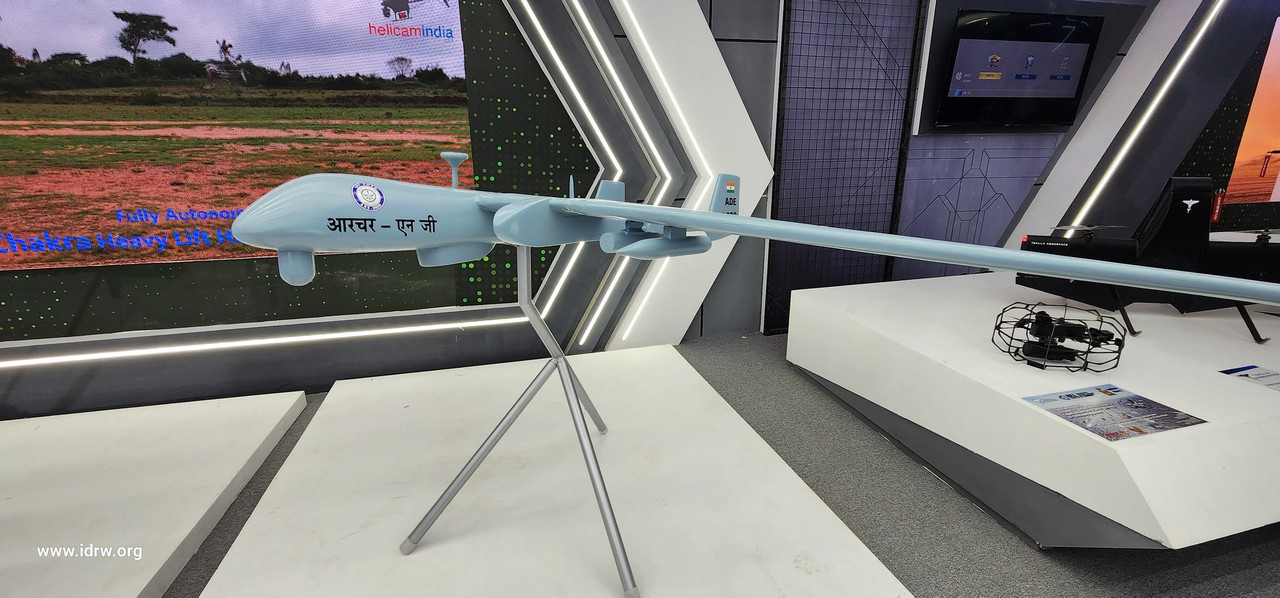
In a significant development, the Indian Armed Forces have combined their requirements for Medium Altitude Long Endurance (MALE) Class Unmanned Aerial Vehicles (UAVs) following a comprehensive study. This consolidation of requirements is a result of India’s growing emphasis on enhancing its aerial surveillance capabilities and modernizing its defence infrastructure.
Previously, India made the strategic decision to acquire 31 Predator drones from the United States, which fall into the High Altitude Long Endurance category. These drones are intended for the extensive surveillance of areas critical to Indian security interests. The acquisition of the Predator drones signifies India’s commitment to bolstering its capabilities in aerial reconnaissance and monitoring.
Continue readingSOURCE: RAUNAK KUNDE / NEWS BEAT / IDRW.ORG
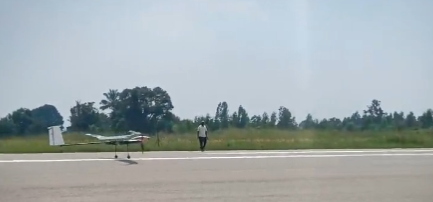
Bangaloru-based NewSpace Research and Technologies Pvt Ltd (NRT) has achieved significant progress in the development of its Solar Powered Unmanned Aerial Vehicle (UAV) for high-altitude and long-endurance missions. The company has begun Phase 2 of this innovative project, having completed the first phase of its 7.5-meter wingspan technology demonstrator.
Last year, NRT conducted tests using technology demonstrators launched from a speeding multi-utility vehicle on the runway at HAL’s testing and factory airbase in Bangalore, Karnataka. However, a recent video shared by NRT showcased the technology demonstrator flying independently, demonstrating its autonomous capabilities.
Continue readingSOURCE: RAUNAK KUNDE / NEWS BEAT / IDRW.ORG
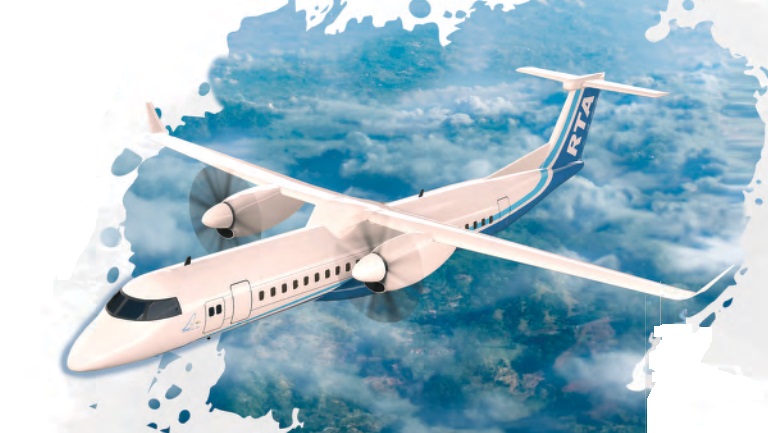
The National Aerospace Laboratories (NAL) has released its annual report, highlighting significant progress in the development of the Regional Transport Aircraft (RTA). The report details various phases, from project definition to design optimization, market trend analysis, and the creation of a realistic mock-up. This endeavor represents a substantial leap in India’s efforts to contribute to regional aviation with innovative and efficient aircraft.
Here are the key highlights from NAL’s annual report:
Continue reading